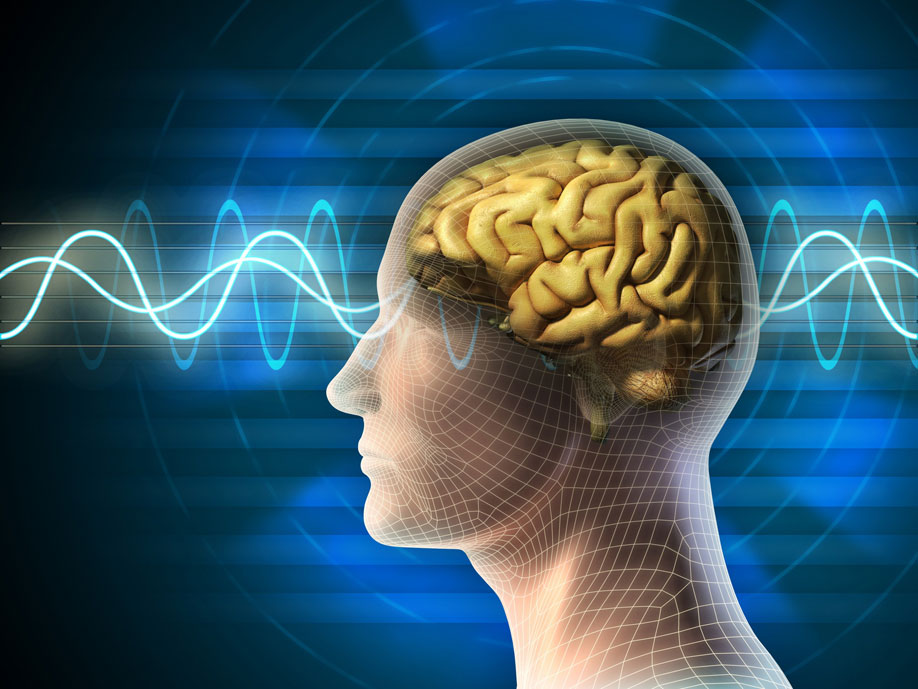At this year’s International Seating Symposium, one of the stand-out keynote addresses was Michael Boninger on the subject of brain-computer interface (BCI) wheelchair control. The implications of this technology for our immobile clients are astounding.
In 2013, Collinger & Boninger et al published the results of a survey they conducted that interviewed people with spinal cord injury (SCI) about their priorities for quality of life improvement as well as their understanding of BCI. The majority indicated that they would be keen to use a BCI to assist with ADLs if it did not inconvenience other aspects of their lives. Functional electrical stimulation was rated highly desirable for activities of bladder and bowel management as well as hand grasp.
The authors also cited a previous survey conducted on people with amyotrophic lateral sclerosis (ALS). Most of the subjects were interested in exploring the use of BCI technology, even going so far as considering surgery to implant the BCI. Driving a wheelchair and controlling a robotic arm for self-feeding rated most desirable compared to other activities potentially controlled by BCI.
Boninger is possibly best know for his work with Jan Scheuermann, who at 54, has been paralysed for 14 years with spinocerebellar degeneration. To watch Jan in action controlling a robotic arm through a BCI, watch this inspirational and thought-provoking video.
https://www.youtube.com/watch?v=76lIQtE8oDY
So how does BCI work?
Preclinical experiments have demonstrated that information related to intended movement can be extracted from the motor cortex. BCIs establish a direct link between neural signals generated in the brain and external devices.
A number of neural recording technologies are being investigated for BCI applications in humans, including scalp electroencephalography, electrocorticography, and intra-cortical microelectrode recordings. Each recording technique offers advantages and disadvantages in terms of invasiveness, system complexity, and signal quality.
Two neural interface studies focused on functional electrical stimulation (FES) for restoration of motor function. FES has the potential to restore mobility by stimulating peripheral nerves or muscles to drive patterned muscle contraction.
Kauffman et al Study
Last year, Kaufmann and his colleagues published their paper in the Journal of NeuroEngineering and Rehabilitation, about the feasibility of a BCI-based wheelchair control using tactually-evoked event-related potentials (ERP). Among different input signals for BCI control, Kauffman et al believe that EEG appears the most viable for wheelchair control due to its high temporal resolution and portability.
Tactual BCIs use tactile vibration units (called tactors) placed on different part of a participant’s body. The tactors are stimulated (i.e. they vibrate for a short time) and participants focus their attention on one of the tactors to elicit the desired response. So, in this study participants navigated a virtual wheelchair through a building using four tactile stimulators that represented navigation directions (left thigh: move left; right thigh: move right; abdomen: move forward; lower neck: move backward).
Whilst this particular type of ERP BCI may not be of use for wheelchair users with diminished sensation (eg SCI clients) it could hold great potential for other users such as those suffering from spinal muscular atrophy or locked-in syndrome.
The authors admit that, “further research must investigate use of tactile ERP-BCIs by the actual target population. In the process of user-centered BCI development, potential end-users with severe motor impairment should be integrated into the design process at an early stage, so that research can specifically account for their needs and requirements”.
Conclusion
BCI has really come to the forefront of technological development as relying on visual and auditory input for severely immobile wheelchair users has not proved overly successful given these senses need to be dedicated to processing environmental stimuli during mobility. Facial muscles also lose their reliability and are rapidly fatigued with frequent use.
With progression of disease, BCIs may become a feasible alternative for wheelchair control. To succeed, any new medical device needs to be safe, useful, and economically viable. Right now, brain-machine interfaces don’t meet these requirements but the future looks bright.
Further reading:
Kaufmann T, Herweg A and Kübler A, 2014, ‘Toward brain-computer interface based wheelchair control utilizing tactually-evoked event-related potentials’, Journal of NeuroEngineering and Rehabilitation, 11:7
Collinger JL, Boninger, ML, Bruns TM, Curley K, Wang W and Weber DJ, 2013, ‘Functional Priorities, Assistive Technology, and Brain-Computer Interfaces after Spinal Cord Injury’, Journal Rehabilitation Research Development, 50(2): 145–160.



